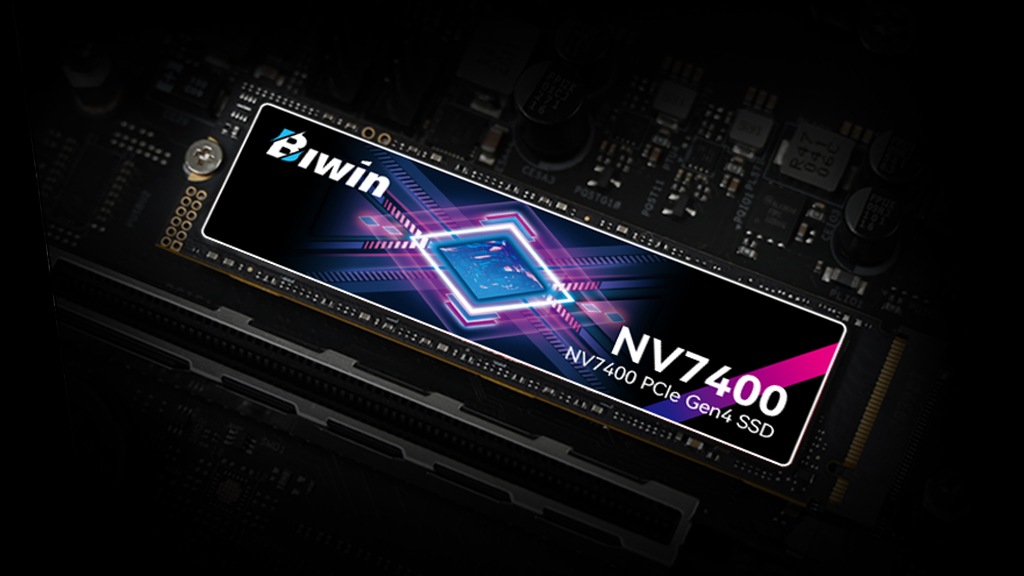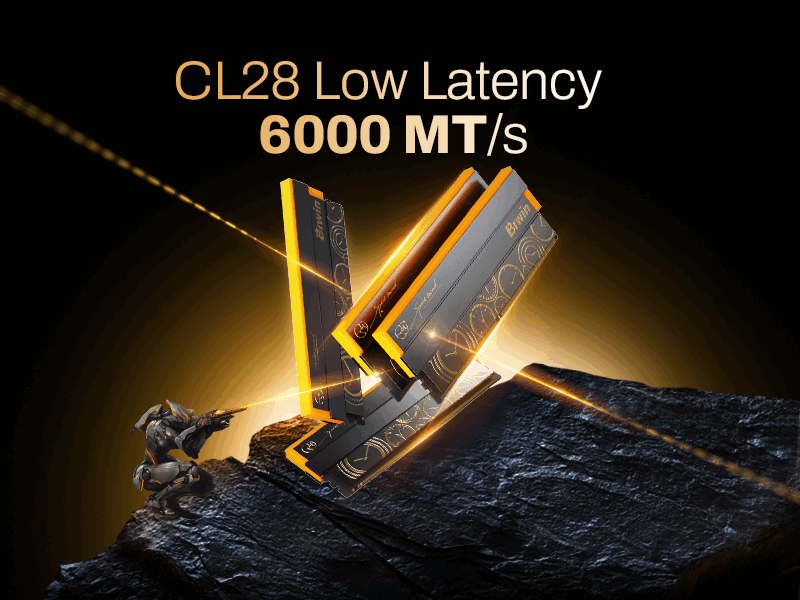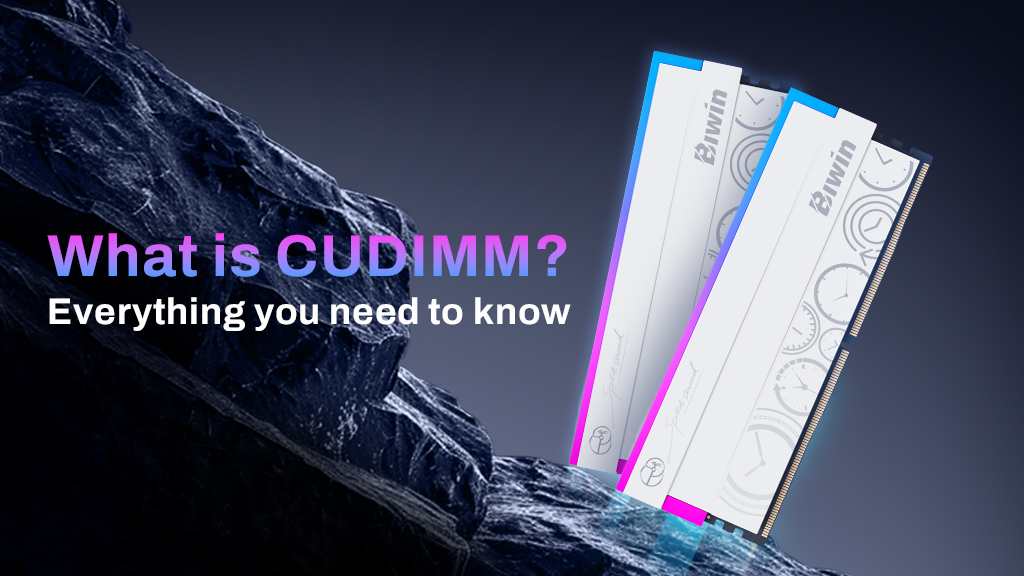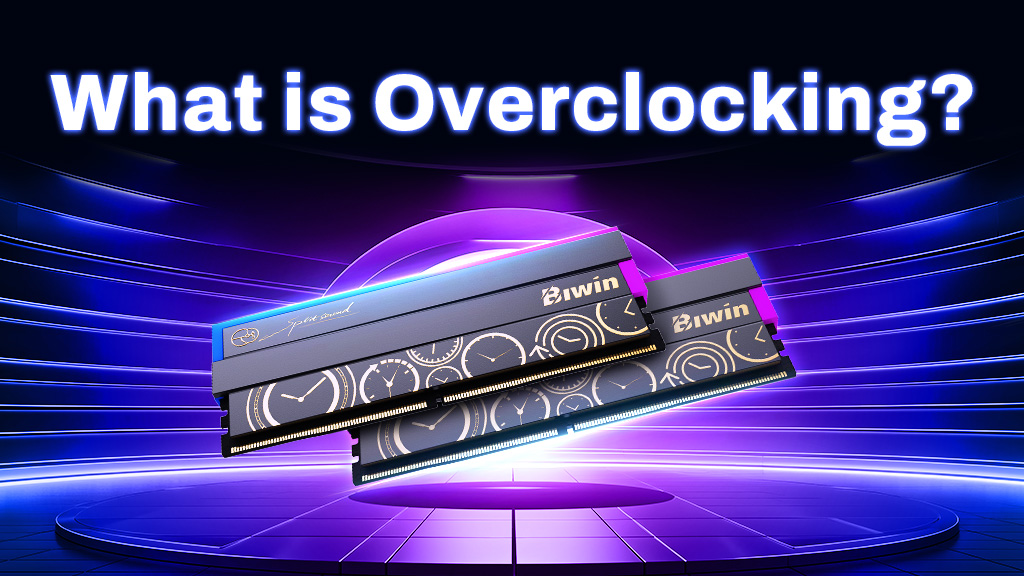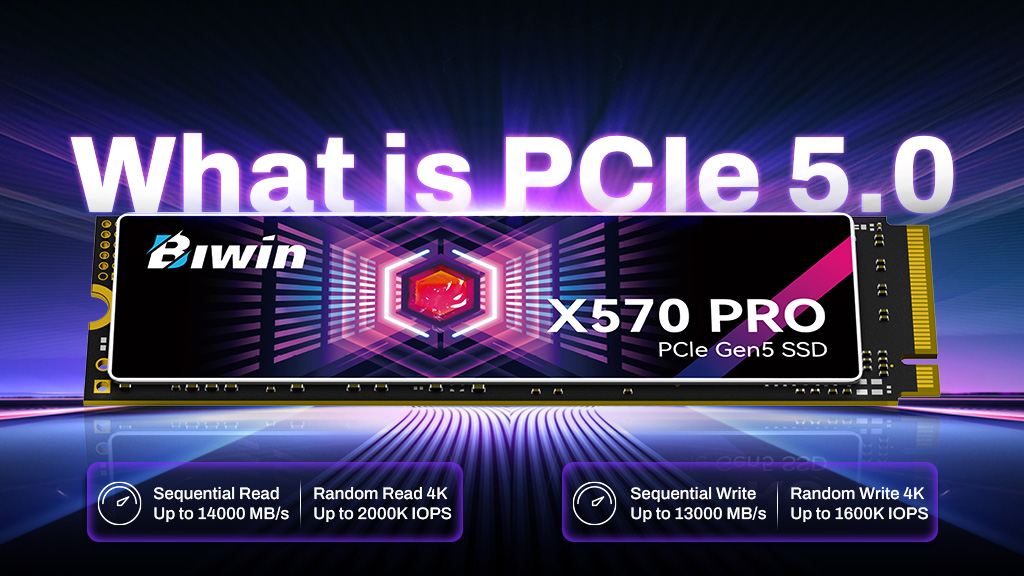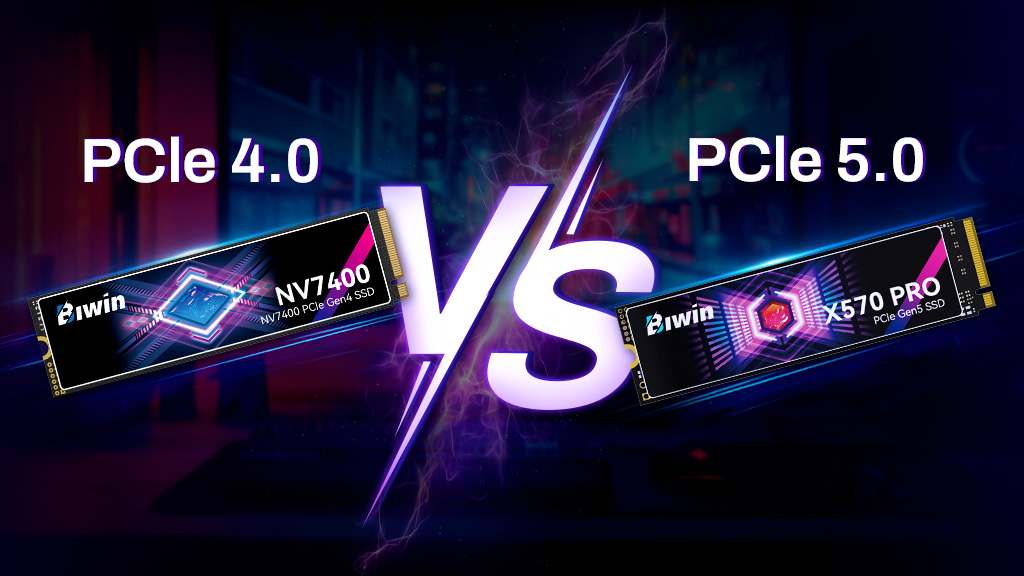
If you’re looking to run some of the fastest components you can buy, then you’ll need to consider whether PCIe 4.0 or PCIe 5.0 is the best choice for your PC. Although PCI Express 3.0 is still widely in use and offers strong performance for both SSDs and graphics cards, you’ll find the best performance and the greatest power efficiency with newer PCIe 4.0 and PCIe 5.0 technologies.
But which is the right choice for you? PCIe 5.0 is faster, but do you need it? Is it worth the cost? Let’s take a look.
Table of Contents
ToggleWhat is PCIe 4.0?
PCI Express 4 was officially ratified by the PCI-SIG organization that manages the standard in 2017, but it’s still the most popular high-end solution for add-in cards and storage drives in 2025. It allows PCIe 4.0 slots to transmit as much as 2 GBps per lane of throughout each direction simultaneously. That equates to a maximum real-world speed for PCIe 4.0 SSDs of 8GBps for sustained read and write performance.
There’s even more bandwidth to be found on the x16 slots used for graphics cards, with up to 32 GBs of available throughput in each direction. Want to better understand whether PCIe 4.0 is still a smart choice in 2025? Check out our guide on Is PCIe 4.0 Worth It.
What is PCIe 5.0?
PCI Express 5, or PCIe 5.0, is the latest PCIe standard and though it is still in the burgeoning stages of its lifespan, it’s already making waves and breaking records for just how fast and capable it makes connected devices. PCIe 5 SSDs, like the Biwin Black Opal X570 PRO, support sustained read and write speeds of 14 GBps, and 13 GBps, respectively. There’s even a theoretical maximum of 15 GBps of bandwidth, making them close to 10 times the speed of some of the best PCIe 3 SSDs.
PCIe 5.0 also massively expands the available bandwidth for the largest x16 lane PCIe motherboard slots, opening up more headroom for the latest graphics cards and future designs, which will only be able to work at peak performance with that extra bandwidth.
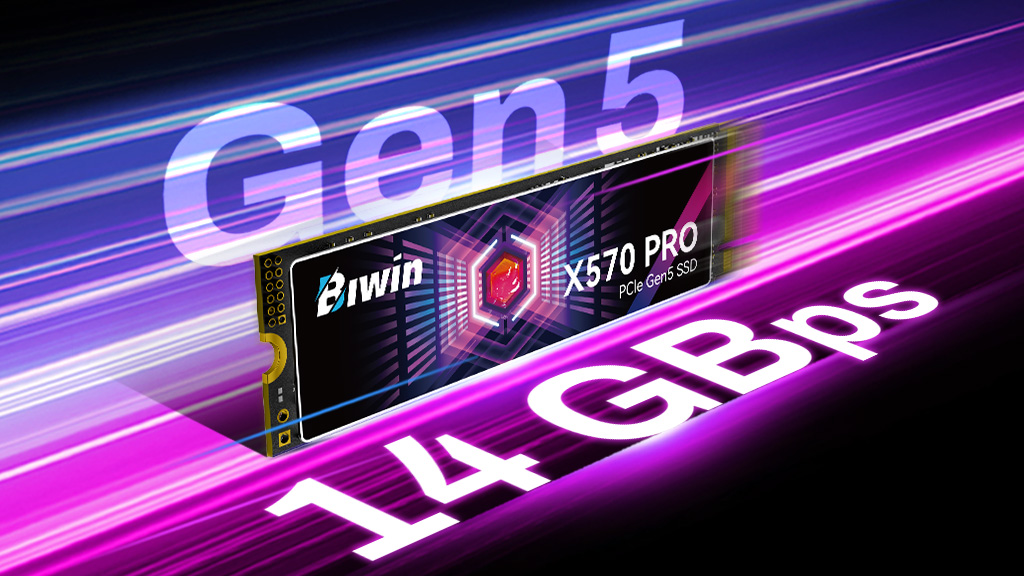
PCIe 4.0 vs. PCIe 5.0
PCIe 4.0 and PCIe 5.0 are incredibly fast connection standards for some of the latest SSDs and graphics cards, but selecting between them in 2025 is down to what you want to use your PC for, and how future proof you want it to be.
If you’re just looking to do some casual gaming and want to make sure that your SSDs are fast and graphics card has all the headroom it needs, PCIe 4.0 is absolutely fine. Even the latest high-end graphics cards, like the RTX 5090 and RX 9070, don’t use the full bandwidth available in x16 PCIe 4.0 slots. Switching to a far-more-capable PCIe 5.0 slot will only improve performance by a fraction of a percent.
However, if you take your gaming or PC work seriously and want the maximum available performance today, whilst getting yourself ready for what comes next, PCIe 5.0 is well worth the investment. It’ll let you use SSDs that blow away the best options at PCIe 4.0, and though you won’t see a huge real-world difference outside of fast file transfers, it will give you an edge where one can be found.
It also gets you ready for next-generation graphics cards, which are going to push the boundaries of what’s possible with PCIe 4.0. Getting yourself a compatible PCIe 5.0 motherboard now, ensures you won’t need to upgrade to one in the future to get the full performance of a next-gen GPU.
The Power of PCIe 4.0: Biwin Black Opal NV7400 PCIe Gen4x4 SSD
While PCIe 5.0 may capture the spotlight for its impressive speeds, PCIe 4.0 continues to be a powerful and practical choice for many users in 2025. It offers reliable performance for most high-end gaming, content creation, and general computing needs.
If you’re looking to upgrade your system or build a new one with the benefits of PCIe 4.0, the Biwin Black Opal NV7400 Gen4 SSD is an outstanding option. Leveraging a PCIe Gen4x4 interface and the NVMe 2.0 protocol, the NV7400 delivers read speeds up to 7450 MB/s and write speeds up to 6500 MB/s.
Equipped with advanced features such as HMB technology, SLC cache, and a graphene thermal pad for enhanced heat dissipation, the NV7400 ensures top-tier performance even under the heaviest workloads. Available in capacities up to 4 TB, this SSD offers ample space for large game libraries, media files, and more, and is compatible with desktops, laptops, and PS5 consoles.
The Biwin Black Opal NV7400 PCIe 4.0 SSD delivers high-end performance and reliability for users seeking a reliable, high-performance storage solution.
